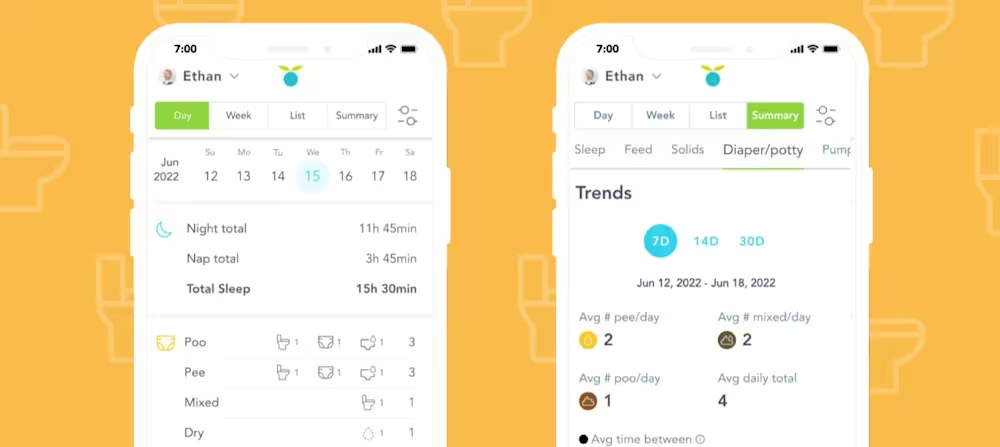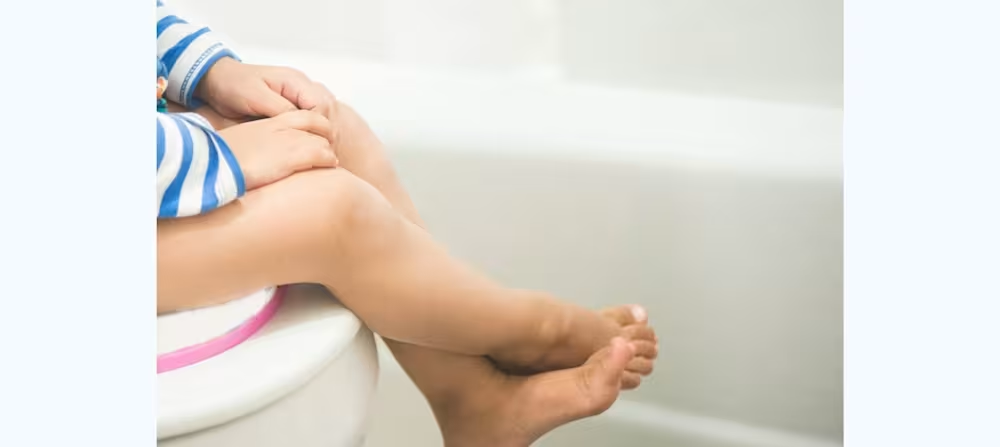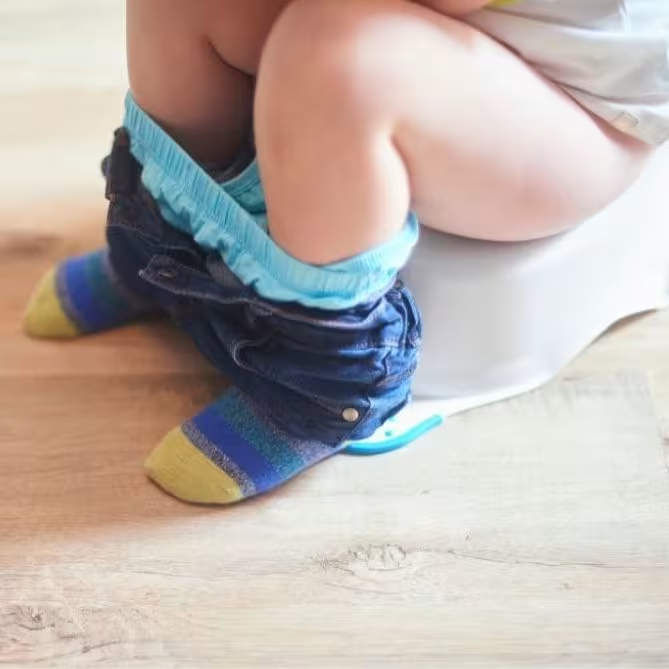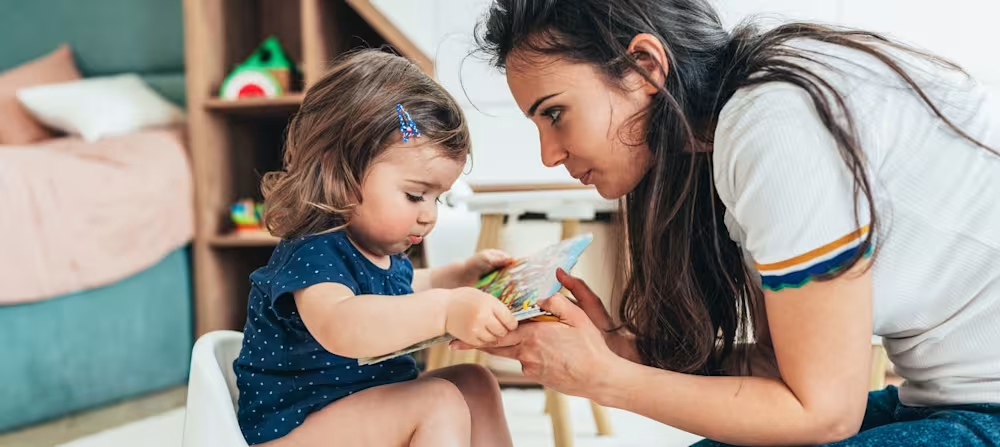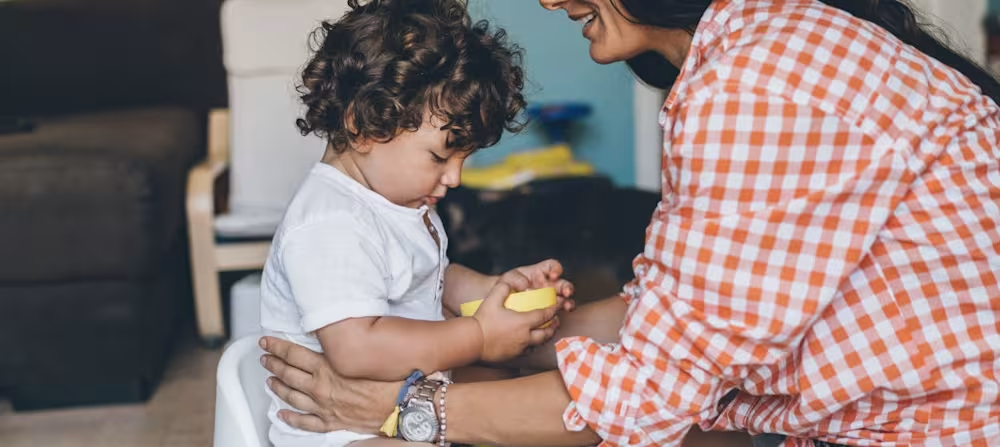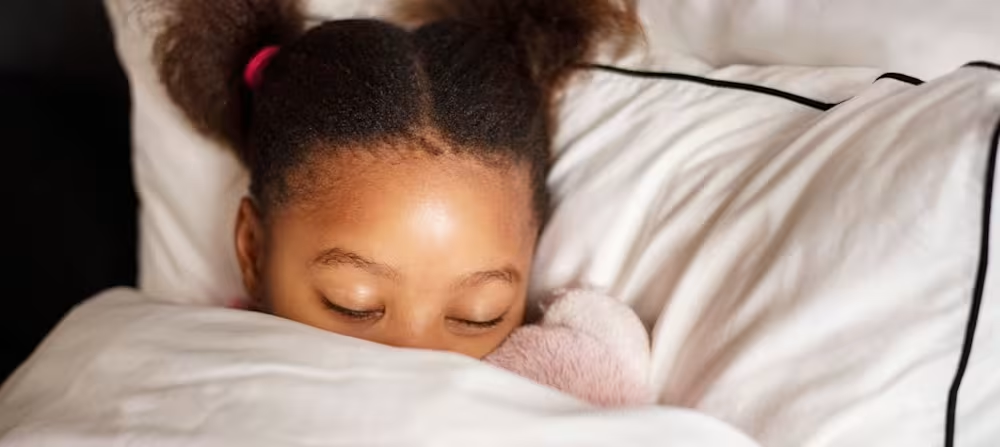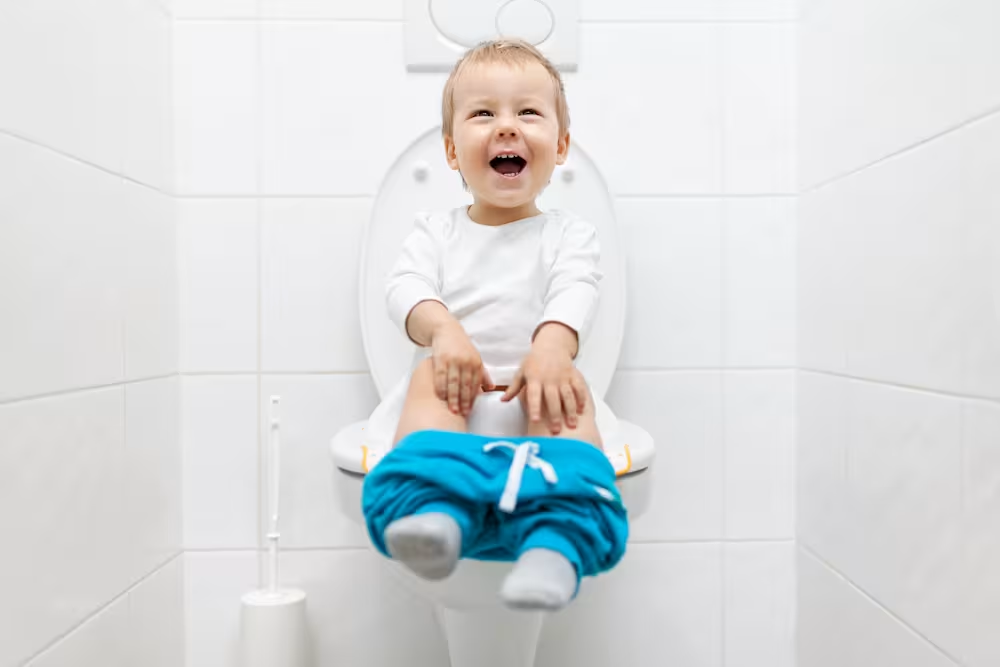Potty training methods: Which is best for your child?
Updated Dec 29, 2025

A large reason why parents and other caregivers can feel so overwhelmed when it comes to potty training is that there are so many different methods and approaches to choose from. In fact, if you Google “,” there are over 6 million results!
You’ll find a lot of similarities and differences between each of the more common methods out there, but it’s important to note that there isn’t one “right” or “best” method that will work across the board for every single child and family. Many parents choose to potty train in the daytime before focusing on . Ultimately, it’s a matter of personal preference and all about what works best for your child as an individual.
Let’s talk about different toilet training methods and how they compare with one another.
Similarities between methods
The common methods we’ll talk about below have several traits in common, even though each strategy and process for potty training between the methods is quite different. These are:
Positive reinforcement for successes
Promotion of independence in your child
Encouragement and expansion of self-awareness
Aid in helping your child feel empowered
That said, here’s a breakdown of some of the most common potty training methods parents use today:
Foxx and Azrin’s 1 day training method
You might see the “1 day” aspect of this method and be thinking, “Sign me up!” But before you choose this method, know that this strategy for potty training is quite labor-intensive and structured. Being a parent-led method, it’s typically begun when your toddler is around 20 months old, and the goal is to teach them to successfully pee and poop in the potty without much actual teaching — instead, you use repetitive behaviors.
According to the creators of this method, toddlers should show certain readiness signs before starting the process in order for it to work. Those signs include:
Following basic instructions
Bladder control
The ability to dress and undress independently (which can be taught beforehand)
Physical dexterity to be able to walk themselves to the potty and sit down without help
All the training is conducted in one room containing a small potty and not much else to prevent distractions. Toddlers are prompted to sit on the potty every 15 minutes, and in between, parents check for dry pants every 5 minutes. For successful potty use, positive reinforcement is given via verbal praise. If an accident occurs, the parent verbally reprimands the child and has them change themselves. Then, 10 repetitive “positive practice” sessions are performed. An example of this would be using a drink and wet doll to show the process of the potty.
The ultimate goal of this method is that your child will be able to independently pee and poop on the potty with little to no accidents by the end of day one. Limited studies [] of very small control groups showed that children who passed the “readiness test” above were potty trained for an average of 4.5 hours (Dry Pants: A Rapid Method for Toilet Training Children, RM Foxx, NH Azrin), and it has been used to successfully potty train millions of children since it was first introduced in 1974.
This method will likely work for a child who strives to please their parents and has an overall compliant personality. Children who are strong-willed and independent will probably push back on this strategy for toilet training, which is pretty understandable seeing as how much time they would be spending sitting on the potty with this method — even if it is only for a day!
3 Day method
This is one of the most common modern-day methods, so you’ve likely heard of it before — and you probably even know someone who has used it! It can be referred to as “potty training bootcamp,” “3 day potty training,” or “weekend potty training.” There are several popular books outlining different variations of these methods. The basic idea is that the foundational concepts of potty training are introduced in one condensed timeframe, typically over 3 days. It can be implemented at any age but is generally used for kiddos aged 2 years old and up.
Here’s what a 3 day potty training method looks like in a nutshell: The family will choose a long weekend or any 3 day period to stay home, and all diapers are taken away cold turkey (with the exception of sleep periods). The child is either kept naked from the waist down or they are put straight into underwear. In most cases, the child is given extra fluids to encourage more trips to the potty, and additionally, they are taken to sit on the potty every 15 to 20 minutes or so.
Some of these methods call for tangible rewards to be used, while others only recommend verbal praise. Generally, responses to accidents are minimal so as to not draw too much attention to them.
Bottomless vs. straight to underwear
Some methods, including 3 day methods, call for naked or bottomless time. Yep — that means allowing your kiddo to run around full moon during the initial phase of potty training! This can be either until they start to have some success with using the potty, which can take several days, or it is limited to only a day or two at the very beginning of the process. Other methods instruct jumping straight into underwear to help children learn this new skill using the clothing that they will be wearing from now on.
Both strategies have their strong points. Bottomless time can offer children the greater ability to read and understand their body signals without being masked by a layer of clothing. It also makes accidents much more apparent to both the child and the parent, so action can be taken right away and you can potentially catch some pee and poop in the potty!
Jumping straight into underwear can often feel similar to a diaper, which can cause a lot more accidents early on. However, for children who struggle with change, going straight to underwear from diapers prevents an added transition in the process.
While there are no formal studies on these methods, this approach tends to be very effective for a wide variety of ages and personality types — and it fits well with busy parents’ lifestyles. Even though the initial part of the process is executed within 3 days, it may seem like false advertising because it can still take your child several weeks to master all aspects of potty use and be considered fully potty trained.
Editor's note
If your child attends daycare or preschool, be sure to speak to staff before you get started so you can be made aware of any special rules and regulations. This way, everyone who has a hand in caring for your kiddo is able to be consistent with your approach!
Child-oriented method
If you’d like to take an approach that will prevent physical problems or behavioral conflicts that can arise as a result of potty training, then a child-oriented method may be best for you. This strategy is actually intended to take a long time, as it factors in occasional disinterest, power struggles, and the that tend to pop up fairly commonly during toddlerhood.
In a classic child-oriented method, a parent will watch for and introduce a potty to their child at around 18 months. The child will be encouraged to sit on the potty fully clothed while the parents use the bathroom at first, yet if they resist or lose interest, then the topic is pushed further until the child comes back around. After a couple of weeks of doing this without resistance, parents can remove the child’s clothes and diaper while they practice sitting on the potty. They will also start emptying any poop from the diaper into the potty together while explaining that poop belongs in the potty. If the child seems to understand, they’ll be taken to the potty at several times throughout the day.
As interest continues to grow, the child can be left diaper free with the potty nearby for short periods of time. If things progress even further, the child can move from diapers to training pants. If, at any time, the child starts showing regression or loss of interest, parents should take a break from potty training and revisit it again later.
While there is little supporting research, both the American Academy of Pediatrics and Canadian Pediatric Society recommend this approach [] starting between 18 and 24 months.
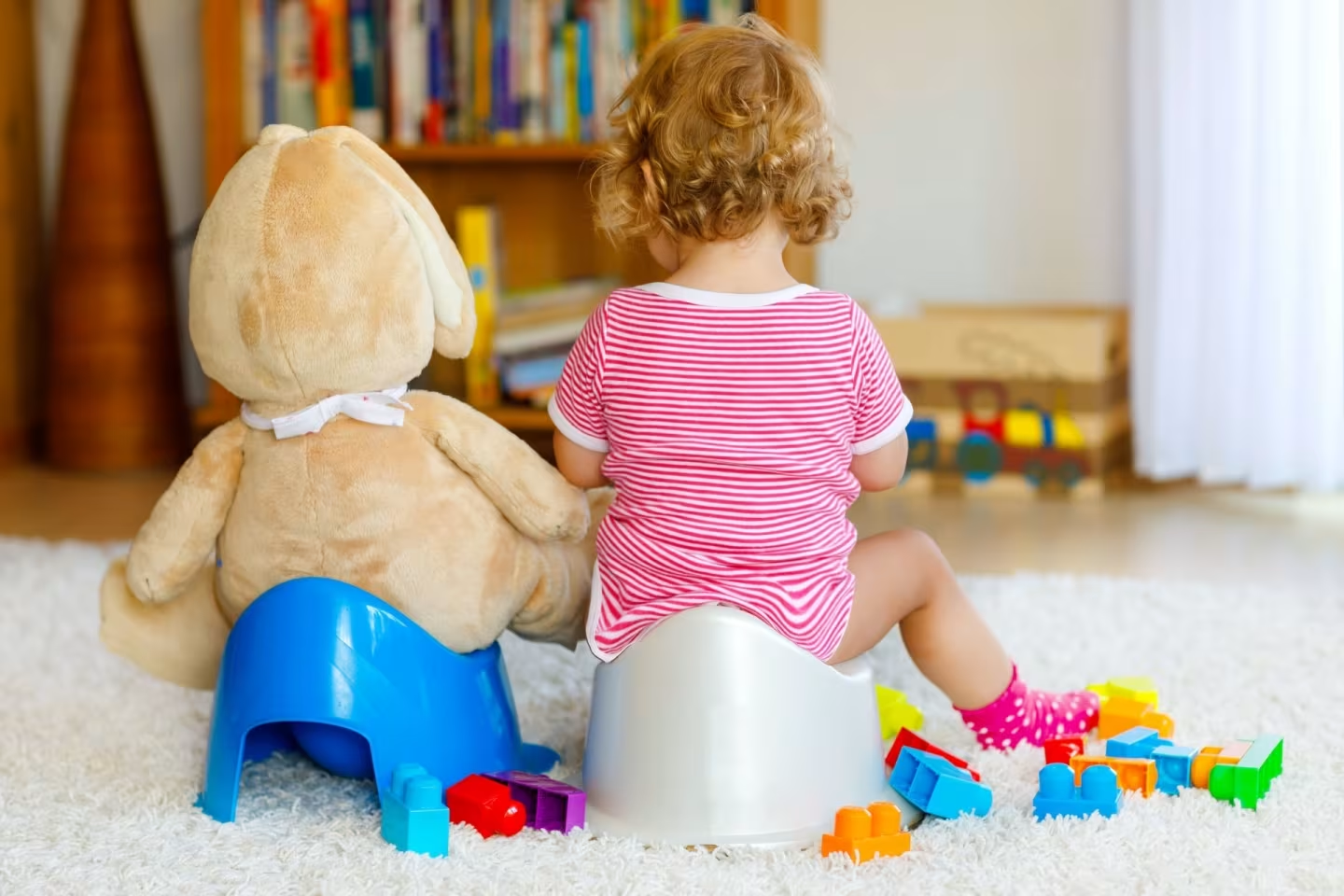
Utilizing a child-oriented method may take much longer, but it can also reduce a lot of the stress that can comes along with potty training for many families because you don’t feel as much pressure to see results within a certain timeframe. This method can sometimes make it challenging for families who work full-time to be consistent, especially if daycare or preschool isn’t actively participating in the process.
Elimination communication
Elimination communication, or EC, isn’t technically a potty training method as much as it is an infant toileting method. Obviously, newborns and infants aren’t able to say they need to go potty or walk over to it themselves. However, this method is more about developing a predictable schedule so babies can use the potty when signaled by their caregiver to do so.
EC can be started as early as birth, and it involves the parent using timing, body language, signals, and intuition to determine their baby's need to pee or poop. When you observe the baby’s cue, you hold them over a toilet, sink, or other vessel and allow them to pee or poop without using a diaper.
Elimination communication promotes the connection between parent and baby to the point where the parent can read their child’s signals and get them to an appropriate location to release their bodily fluids in time, oftentimes with the baby eventually being able to pee or poop on cue. The parent comes up with a particular sound to trigger the baby to void when in the proper position and location, which can lead to daytime dryness from as early as 6 to 12 months — crazy, right?! It’s actually been common practice in Eastern cultures for centuries.
Benefits to this method include saving money on diapers, and usually potty training — learning independent use of the toilet — comes faster and easier for these families. This practice can be done full-time, part-time, or sporadically. It offers the opportunity for parents to experiment with this strategy of toilet training to see if it’s a good fit for their family.
Keep in mind that even though EC gets kids early exposure to the potty and helps them become comfortable with peeing and pooping outside of a diaper, children still will need to learn both the physical and mental aspects of reading their own body in order to become successfully potty trained.
Which method is best?
At the end of the day, you are the expert on your child. One method might work wonderfully for you and your family, or a combination of several different practices might prove best for your child. No matter what method you choose, have confidence in knowing that you and your kiddo are growing closer through this experience together and they will successfully potty train one day very soon.
Potty training methods FAQ
Share article:
Note: The content on this site is for informational purposes only and should not replace medical advice from your doctor, pediatrician, or medical professional. If you have questions or concerns, you should contact a medical professional.
